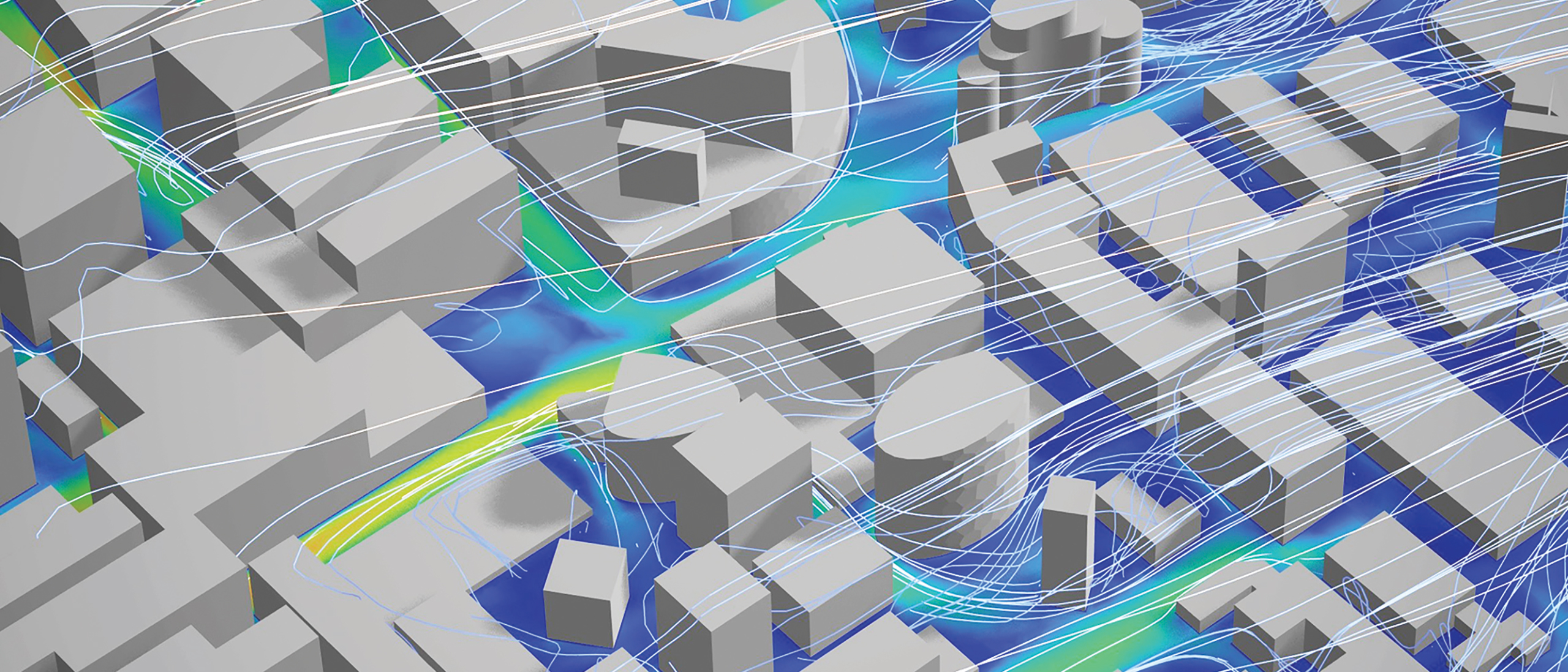
High-fidelity CFD

Wind Impact Assessments

Wind Tunnel Services
Wind engineering assessment services by Vipac are high-fidelity CFD analyses, wind impact assessments (typically desktop studies), wind tunnel testing (pedestrian-level wind safety & comfort), and wind load on building facades plus direct force balance/structural studies. Testing by the company includes the proposed building’s surrounds – both natural and built – and the regions wind climate.
These services are ideal for architects, planners, or developers seeking assistance with their development submissions or approvals ![]() . The company not only tests for a building’s reaction to wind as per Australian Standards but can advise optimal wind controls or treatments to elevate its design, structural integrity, occupant comfort, or efficiency.
. The company not only tests for a building’s reaction to wind as per Australian Standards but can advise optimal wind controls or treatments to elevate its design, structural integrity, occupant comfort, or efficiency.
Wind engineering consultancy conducted early in a building’s life cycle by Vipac can also save on construction costs.
Vipac’s
Wind Engineering
Services Overview

Services provided
- High-fidelity CFD Analysis
For the convenient assessment of the wind safety or comfort of developments, including:- Pedestrian Wind Comfort (PWC) – the usability of outdoor areas for their intended purposes (i.e. walking, standing, sitting).
- Wind Load on Tall Buildings/Elements – predicting the local wind pressure distribution on building facades.
- Natural & Mechanical Ventilation – Identifying air movement and its impact on indoor occupant safety or comfort.
- Wind-driven Rain (WDR) – The impact of wind and rain combined on a building’s exterior.
- Desktop Studies
Ideal for the evaluation of wind effects on proposed developments and accounts for regional wind climates. Vipac can make wind mitigation recommendations to improve a buildings resistance to adverse wind conditions. - Wind Tunnel Testing
Comprehensive assessment of the wind safety or comfort of developments, including:- Pedestrian-level wind studies – conducted using a scale model of the development (typically 1:200 or 1:400) and including its surrounds up to 500m. Vipac analyses wind speeds at the ground level for the safety or comfort of pedestrians. Measurements are taken in 36 wind directions (i.e., at 10° intervals).
- Design pressure analyses – cladding pressure studies using a 3D-printed model of the development and 500 to 1,000 pressure tapes to simulate various façade conditions.
- Direct force balance testing – for the assessment of wind on a building’s base, i.e. base shear, bend, or torsion. Can be conducted floor by floor (for tall buildings), determining the impact of wind at various levels.

Flyers

Company Profile
Pages: 2

Wind Engineering
Pages: 2
Related News & Media
Enquire Now
Complete the form below and one of our
Wind Engineering
experts will be in touch at the earliest opportunity.
Freecall
1300 847 222
(+61 3 9647 9700)
Opening Hours
Monday to Friday
9.00am to 5.00pm








